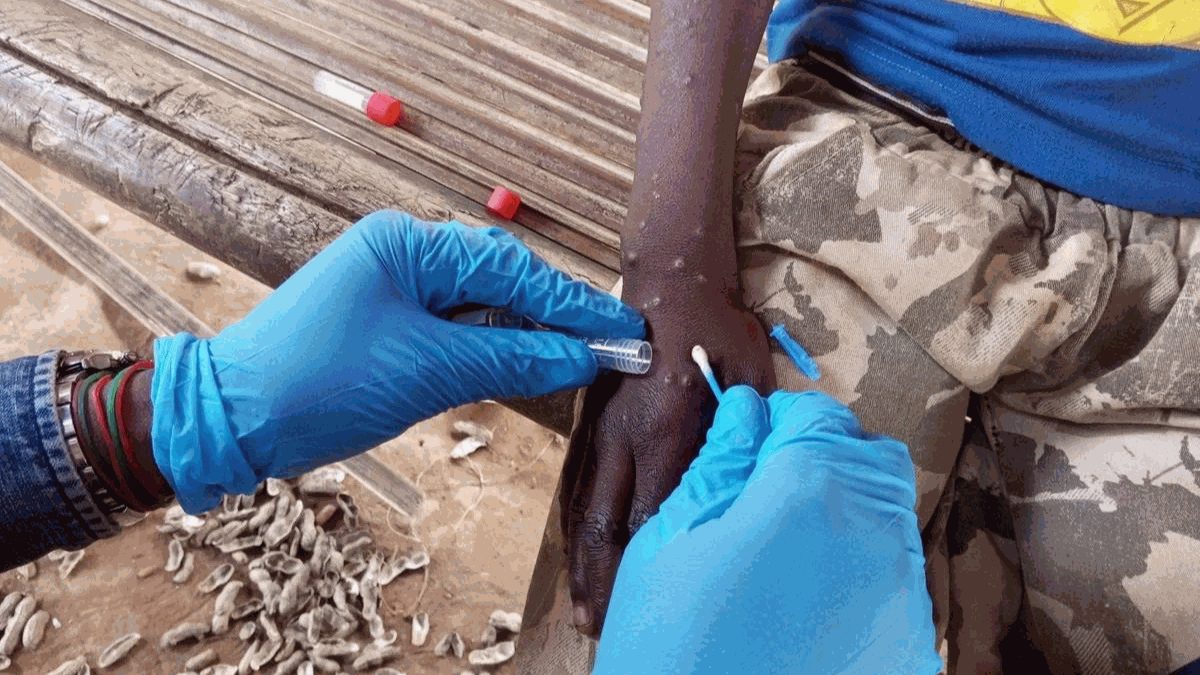More than 60% of emerging infectious diseases reported globally, such as COVID-19, are transmitted from animals to humans or zoonotic, making these as one of the largest threats to public health in the Philippines.
“There is a high risk for zoonotic disease transmission where there is a high population of humans interacting with animals,” said veterinarian Remil Galay, director of the Zoonoses Center at the University of the Philippines Los Baños.
Galay added that Filipinos’ common encounters with animals in domestic, agricultural and wildlife settings pose potential risks for transmission.
With these connections among animal, environmental and human health in mind, Canal France Internationale (CFI), a French media development agency, is spearheading a two-year program involving Filipino journalists to help raise public awareness on the issues, counter disinformation and encourage collaboration with health experts, government agencies and the public.
The CFI, with support from the French Ministry of Foreign Affairs and the French Agricultural Research Centre for International Development (CIRAD), launched on Sept. 9 at the New World Hotel in Makati City the Media for One Health program, which includes a fellowship and grant for local media professionals to build their skills on public health storytelling.
The program involves journalists from three other Southeast Asian countries (Vietnam, Cambodia and Laos) to encourage the regional media to adopt the “one health” approach in their coverage of health issues.
From the Philippines, 14 fellows from GMA Public Affairs, Cignal TV, SunStar, Palawan News and MindaNews will be producing monthly outputs on local issues reflecting the “one health” framework under the program.

At the program launch, news outlets and health organizations expressed their joint commitment to strengthen reporting on health issues, in an effort to better highlight the impact of animal health and climate change on humans.
Sick animals, global warming make sicker humans
The “one health” concept describes the strongly linked relationship between the health of humans, animals and ecosystems. Dr. Flavie Goutard, a veterinarian who specializes in applied epidemiology, emphasized at the event the inclusion of social sciences, policy, ecology and food safety into “one health” solutions.
“The construction of a healthy and sustainable planet will only be achieved through this integrated approach … We need the press as ambassadors to explain to the population what is this approach of ‘one health’,” said French Ambassador to the Philippines Marie Fontanel.
Public health professor Vicente Belizario Jr. said public sanitation is a key measure in preventing zoonoses, especially to prevent cross-contamination with animal waste.
With marine life, however, managing transmission is a greater challenge. “Some of these pathogens can easily cross borders, so it’s very important that we work as a region [in Southeast Asia],” said biodiversity expert Theresa Mundita Lim.
Lionel Dabbadie, representative of the United Nations Food and Agriculture Organization in the Philippines, also said there was an increased risk of marine zoonoses because fishes are more exposed to diverse environments than livestock and land animals.
The dynamic between animals can complicate the spread of diseases to humans. Lim explained that pathogens can be developed or contracted by species at the bottom of the food chain. As they are consumed by larger animals, the predators accumulate more toxins.
This process, called bioaccumulation, means that symptoms of the disease may only manifest in the larger animals with which humans interact. At that point, Lim warns, it may already be too late to stop transmission entirely. But, “changes in those [animals] provide an early warning system at what stage the disease is,” she said.
Lim advised to look out for highly polluted areas, since wildlife are more vulnerable to develop or contract diseases.
Though these hazards pose health risks to all people, Eva Lecat of community health organization Médecins du Monde (MDM) said women feel the health impact of environmental changes more adversely.
“Climate change is widening existing gender-based health disparities,” said Lecat. For instance, women are exposed more to intense heat due to social roles and are at greater risk of developing anemia.
According to the report by MDM, other present risks for women are exacerbated by climate change. Some of these issues include increased exposure to violence in evacuation centers after disasters and forced migration due to poverty.
The organization underscored the need to strengthen reproductive and sexual health care, as well as ensuring women’s safety in climate solutions. “Inclusion of women’s voices is crucial [in the “one health” framework],” said Lecat.
Bringing ‘one health’ to the PH
Belizerio, a former undersecretary at the Department of Health (DOH), said the “one health” approach was already being implemented to an extent in the Philippines. This was especially apparent in the tracking of local disease transmission by monitoring endemic areas, he claimed.
However, Jeffrey Cruz, a resident veterinarian of the Bureau of Animal Industry, said government collaboration can still be strengthened. “We’re only at the level of regional government so we don’t have direct control over the municipal, city or provincial veterinary offices or DOH offices. However, we closely collaborate with them,” he said.
Galay also appealed to media professionals to collaborate with agencies in communicating the urgency of health issues. However, a balance must be struck so as to not cause undue alarm, he added.
“It is important that we inform the public because awareness is very crucial, but our goal should not be to cause panic,” he said.
Reporter Pia Ranada of Rappler, who spoke about community engagement at the event, challenged both media and health groups to initiate a dialogue with one another and with the government. In promoting health issues, she said, journalists can benefit from listening to public health figures while agencies can benefit from newsrooms’ insights on effective storytelling.
“It has to go beyond sending press releases. It has to be a conversation between the newsroom, the institution, the civil society organizations, the doctors and it will really be hashed out how the story can reach the target audience,” she said.





